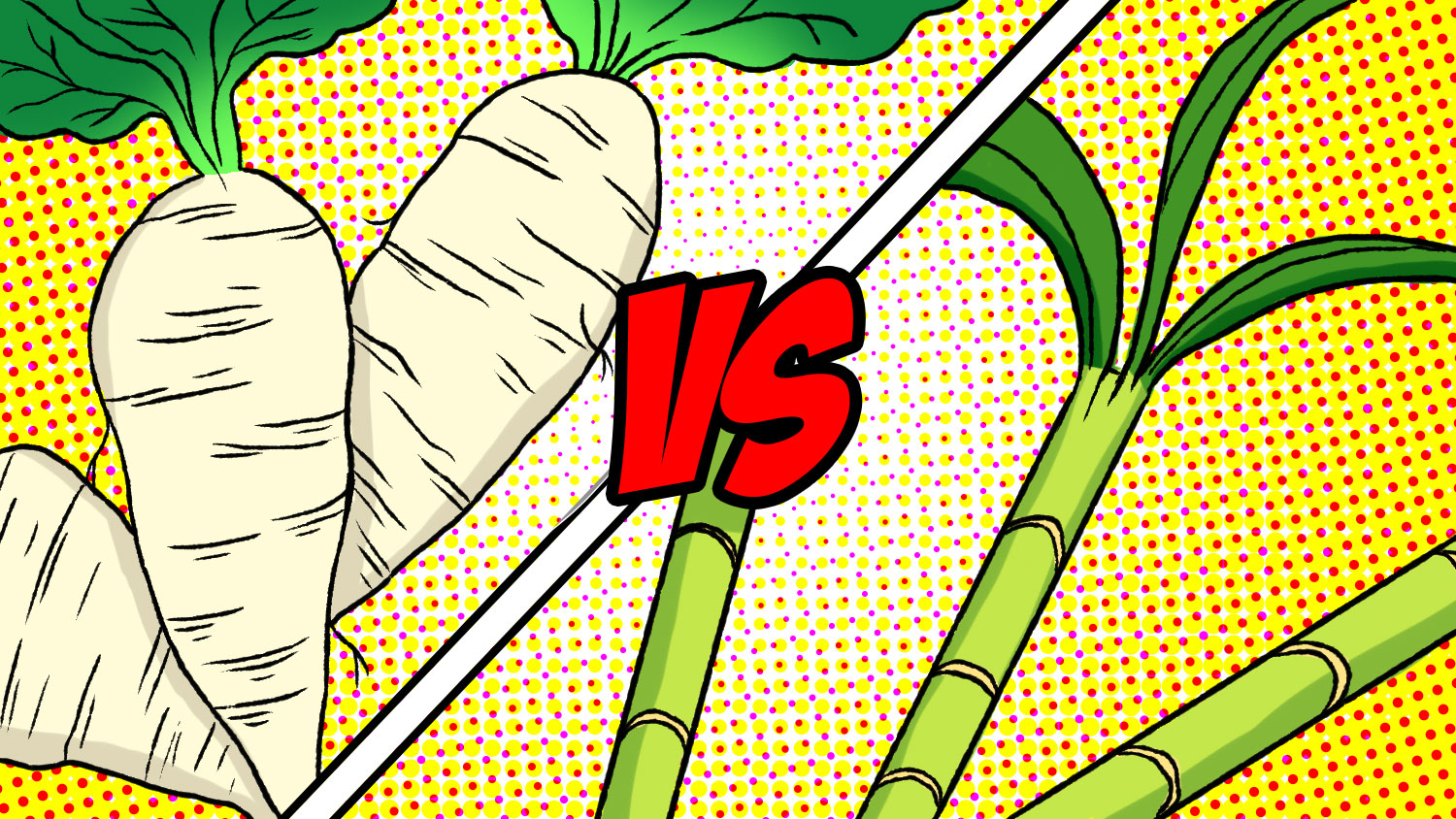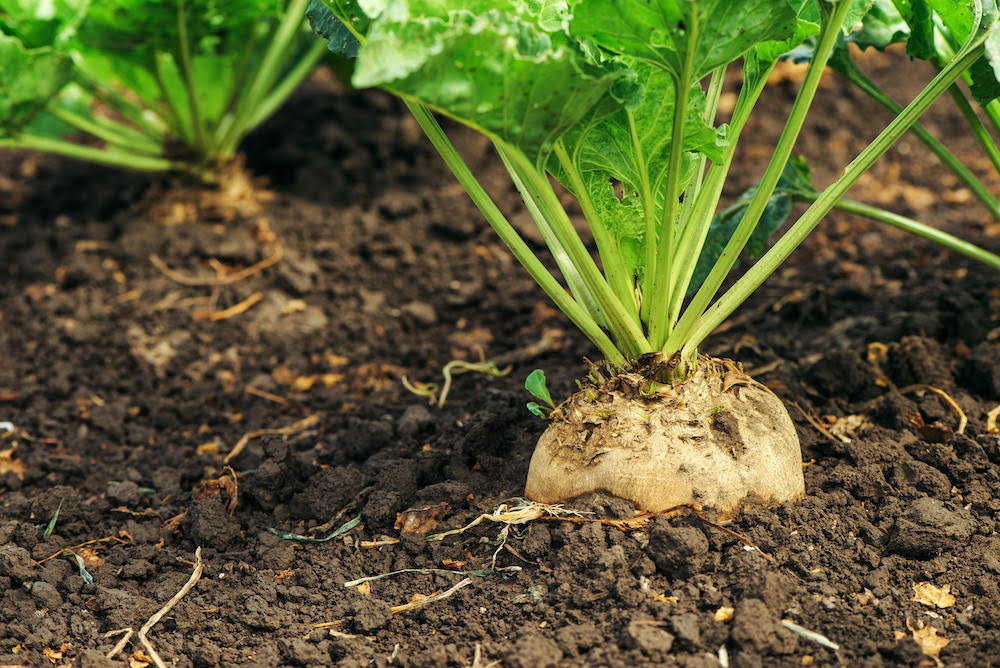The surprising industrial uses of sugar beet vs sugar cane by-products
Recognizing Sugar Beet Vs Sugar Cane: Trick Differences and Their Relevance in the Global Sugar Industry
The distinctions in between sugar beet and sugar cane are significant in the context of the worldwide sugar market. Their varying climatic requirements influence where they can be cultivated, while their one-of-a-kind dietary accounts impact customer choices. Furthermore, the financial effects of each plant shape market dynamics. Understanding these differences is necessary for grasping the more comprehensive influence on manufacturing and supply chains. What additional complexities emerge when considering their roles in the sector?
Climate and Geographic Flexibility
Sugar beet and sugar cane show unique environment and geographic flexibility that influences their farming. Sugar beet grows in temperate environments, requiring cool weather condition for optimal development. It is generally expanded in areas such as Europe and North America, where conditions prefer its advancement during spring and autumn. On the other hand, sugar cane embellishments in exotic and subtropical environments, demanding warm temperatures and bountiful rains. This plant is primarily grown in nations like Brazil, India, and Australia, where the atmosphere sustains its lengthy growth cycle.The differing adaptability of these crops impacts not only their geographical distribution however likewise the agricultural techniques utilized by farmers. Sugar beet's resilience to colder temperatures permits earlier planting, while sugar cane relies upon a much longer growing season to achieve maximum yield. Understanding these climatic choices is necessary for boosting manufacturing and making sure food safety in areas depending on these critical sugar sources.
Farming and Harvesting Techniques

Cultivating sugar beet and sugar cane includes distinctive strategies customized to every plant's details development demands. Sugar beet is generally sown in amazing, temperate environments, calling for well-drained soil and accurate spacing to permit suitable root development. Sugar beet vs sugar cane. Farmers frequently utilize mechanical planters to guarantee consistent seed placement, followed by regular irrigation and weed management practices to sustain growth.In comparison, sugar cane grows in warmer climates and is usually propagated through stem cuttings instead than seeds. Growing occurs in rows, permitting ample sunlight and air flow. Collecting sugar cane is labor-intensive, usually entailing manual cutting or the use of specialized equipment, depending on the range of production. On the other hand, sugar beet harvesting uses mechanical farmers that extract the roots from the dirt, lessening damage and assuring a cleaner item. Both plants demand cautious monitoring to make the most of yield and quality, mirroring their significance in the global sugar market
Handling Methods and Effectiveness
Processing techniques for sugar beet and sugar cane disclose vital distinctions that affect performance and return. Sugar beetroots undergo a collection of actions, starting with slicing the origin into thin cossettes, complied with by removal of juice through diffusion or pushing. This juice is read this article after that purified, concentrated, and taken shape, causing granulated sugar. The process typically takes regarding 5-10 hours from gathering to crystallization.In contrast, sugar cane handling entails crushing the stalks to draw out juice, which is after that heated and clarified. The juice undertakes evaporation and crystallization, typically taking longer than beet processing due to the fibrous nature of the cane. Additionally, sugar cane can be refined continually, enhancing efficiency.
Economic Impact and International Production Patterns
The distinctions in handling methods in between sugar beet and sugar cane not only influence efficiency however additionally have significant economic check it out ramifications. Sugar cane dominates in tropical regions, offering lower production prices as a result of positive weather conditions and reduced power needs. On the other hand, sugar beet is primarily cultivated in warm areas, where greater production prices are usually sustained. This geographical difference affects international supply chains, influencing prices structures and availability.Recent trends indicate a rising and fall global need for sugar, with both plants experiencing rate volatility. As countries goal for self-sufficiency, investments in regional sugar beet manufacturing have actually raised, especially in Europe and North America. At the same time, establishing countries remain to rely heavily on sugar cane, driven by export possibility. Overall, the financial influence of these crops is extensive, shaping agricultural policies, trade contracts, and the sustainability of the worldwide sugar sector.
Nutritional Profiles and Wellness Considerations
While both sugar beet and sugar cane act as main sources of sucrose, their dietary profiles and health considerations vary significantly. Sugar cane, frequently regarded as a much more all-natural sugar, consists of trace amounts of nutrients, consisting of calcium and potassium, along with anti-oxidants. On the other hand, sugar beet is largely composed of sucrose with minimal nutritional value, but it is abundant in fiber and specific phytonutrients, which might offer digestive system benefits.Health factors to consider surrounding both resources concentrate on their high glycemic index and possible effects for obesity and diabetic issues. While both sorts of sugar add to calorie intake, the handling methods can impact their wellness influence. Sugar beet commonly goes through comprehensive refining, while sugar cane may keep even more of its natural substances in much less processed forms, such as raw cane sugar. Eventually, moderation is article essential when including either into a balanced diet plan.
Regularly Asked Questions

Which Regions Primarily Grow Sugar Beet Versus Sugar Cane?
Areas primarily growing sugar beet include Europe and The United States and Canada, while sugar cane grows in tropical and subtropical areas such as Brazil, India, and Southeast Asia. Climate and soil conditions significantly affect these agricultural patterns.
How Do Sugar Beet and Sugar Cane Differ in Preference?

What Prevail Spin-offs of Sugar Beet and Sugar Cane?
Typical by-products of sugar beet consist of molasses and pet feed, while sugar cane returns bagasse, molasses, and ethanol. Both crops add significantly to various industries, boosting sustainability and economic worth past their primary sugar production.
How Do Ecological Elements Affect Sugar Beet and Sugar Cane Yields?

What Is the Historic Value of Sugar Beet and Sugar Cane Farming?
The historical relevance of sugar beet and sugar cane growing depends on their roles in international economic climates, agricultural methods, and trade. Both crops shaped social frameworks, influenced colonial plans, and added to the development of modern-day industries.